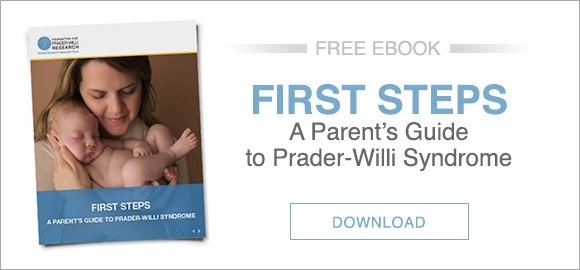Having just recently announced FPWR’s projects funded in 2010 [see full list here], it’s very exciting to already be able to announce a major advance as a result of that funding. Dr. Marc Lalande and colleagues at the University of Connecticut Stem Cell Research Institute have just published a paper describing the development of induced pluripotent stem (iPS) cells made from an individual with PWS.
See Dr. Lalande’s project description here and the abstract of the publication in today's 'early edition' of the Proceedings of the National Academy of Sciences here: Chamberlain et al, Induced pluripotent stem cell models of the genomic imprinting disorders Angelman and Prader-Willi syndromes
iPS cells from individuals with PWS were rated as the number one resource needed by scientists at the recent PWS Workshop. Why are these cells so important?? Currently, the only source of human PWS neurons is from the brain, and nobody gives that up readily. iPS cells are made by transferring a special set of genes into skin cells from a person with PWS. This converts the cells to a primitive (stem cell) state, from which they have the ability to change into a variety of cell types in a dish - muscle cells, fat cells, pancreatic islet cells, and importantly, neurons. Thus, scientists now have an ongoing supply of live PWS neurons – which they can use to study how gene expression differs in PWS neurons compared to normal, to test whether the metabolism of PWS neurons, fat or muscle cells is altered, to determine if neuronal migration and/or interaction is disrupted, and to study how the neurochemistry of PWS neurons differs from normal. Once scientists determine how PWS neurons (or other cell types) are different, they can test small molecules, existing drugs, new drugs, genes, etc and see if they can encourage them to behave more like typical neurons. This is an "in vitro" (in a dish) system, so there are certainly some limitations (just because a drug works on neurons in a dish doesn't mean it will be able to get into the brain and work the same way), but it gives scientists sooo much more to work with than we've had before.
All of this is getting a bit ahead of the paper, which is actually primarily focused on the characterization of iPS from two individuals with Angelman syndrome, AS (the AS cells were characterized since those cells were made first). AS is the so-called “sister syndrome” of PWS, and it occurs when maternal expression of the PWS/AS region genes is lost (as opposed to PWS, which is caused by loss of expression of PWS/AS region genes from the paternally-derived chromosome). The paper characterizes the AS iPS cells and shows, importantly, that they behave appropriately with respect to their genomic imprinting (if they did not, they would be much less useful for additional studies). In addition, they demonstrate that one of the AS iPS cell lines can be encouraged to differentiate (transform) into neurons in a dish, producing functional connections between the neurons. In addition, the AS cells express the appropriate genes at the appropriate times during the differentiation process. All of this bodes well for being able to use these cells to elucidate the underlying alterations in AS neurons. Because the PWS iPS cells also show appropriate genomic imprinting, the expectation is that they, too, will differentiate appropriately and behave as PWS neurons in the brain do. The complete characterization of the iPS cells from the PWS patient is no doubt well underway in Dr. Lalande’s lab, and we look forward to all of the insights these cells are bound to bring. Many thanks for the hard work of Drs. Chamberlain, Lalande and their coworkers.








